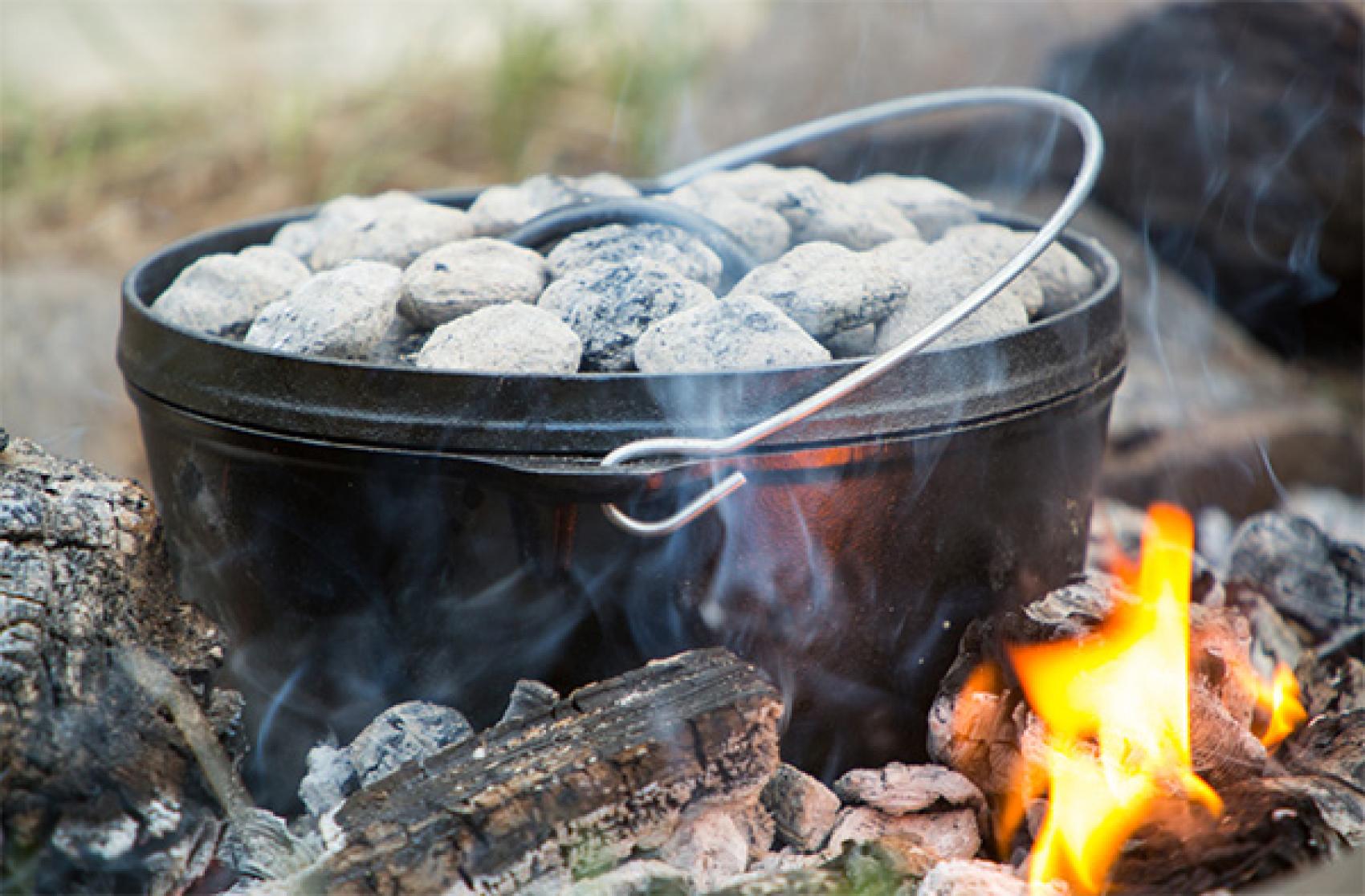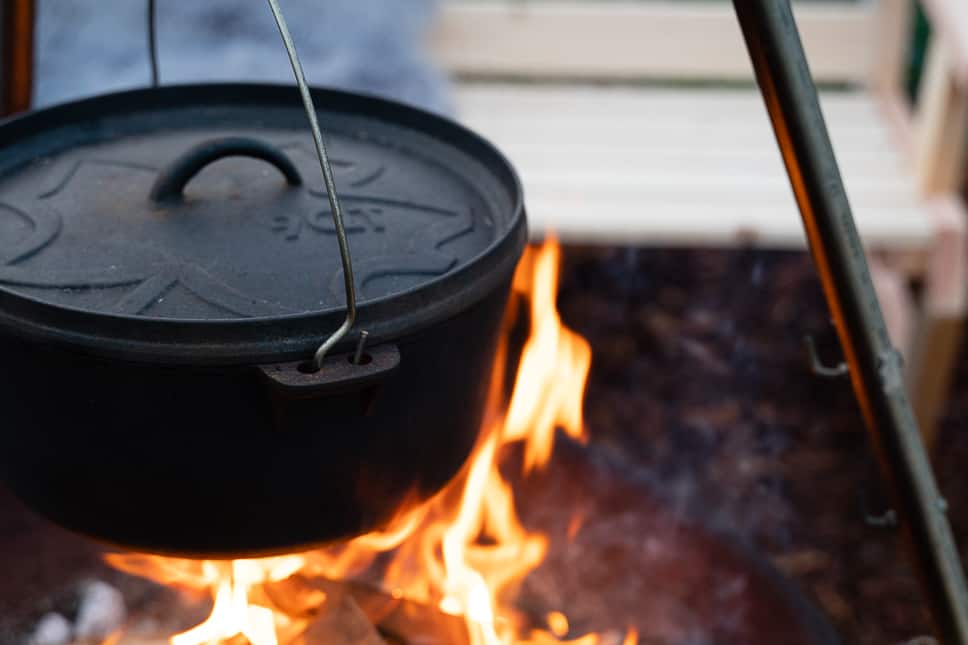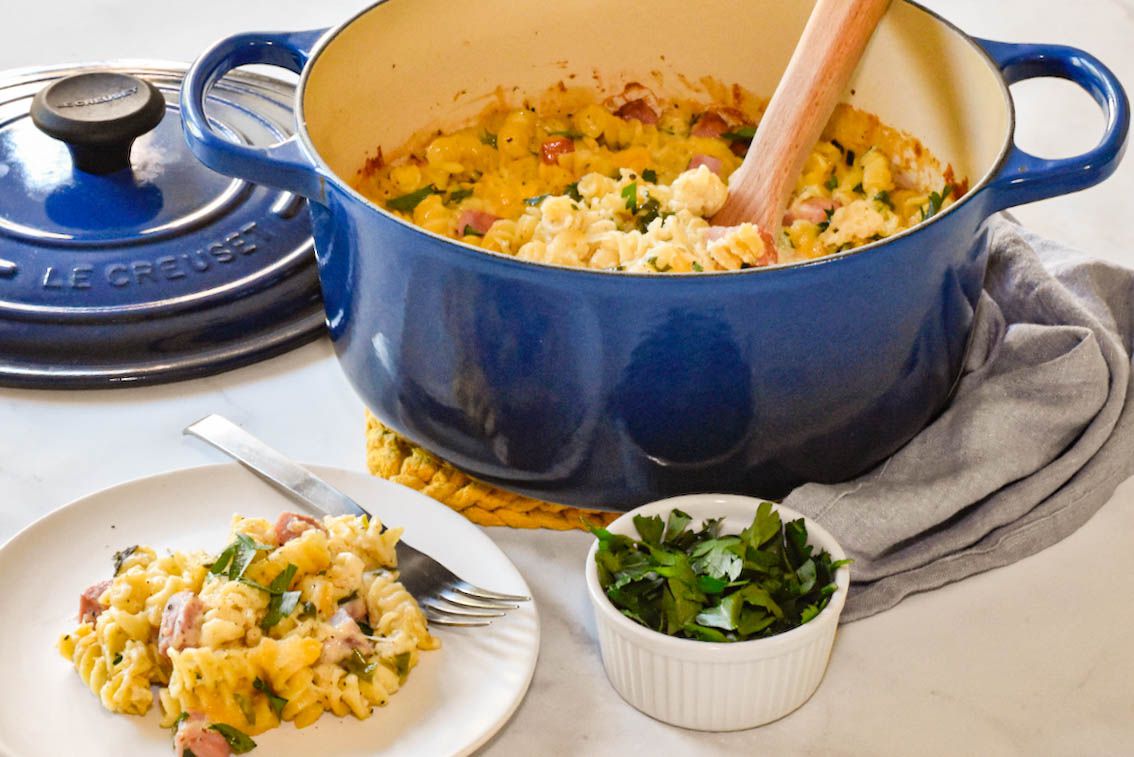Theres something inherently satisfying about a slow-cooked, succulent rump roast recipe made in a Dutch oven. Not only does this method produce melt-in-your-mouth meat, but it also offers a one-pot meal thats perfect for family gatherings, special occasions, or weekend dinners. In this comprehensive guide, we delve deep into the best ways to prepare, cook, and serve a delectable rump roast using a Dutch oven.

Why Choose a Dutch Oven for Your Rump Roast
Using a Dutch oven ensures that your roast will be moist and evenly cooked. The thick walls of a Dutch oven retain and distribute heat evenly, making it ideal for slow-cooking large cuts of meat. Plus, the tight lid traps moisture, ensuring your roast remains juicy throughout the cooking process. For more insights on how a Dutch oven differs from a regular pot, check out this helpful comparison.
Benefits of Using a Dutch Oven
There are numerous benefits to using a Dutch oven for your rump roast:
- Even Heat Distribution: The thick cast iron walls of a Dutch oven ensure that heat is evenly distributed, preventing hot spots and ensuring that your roast cooks uniformly.
- Moisture Retention: The tight-fitting lid helps to trap steam, keeping the meat moist and succulent.
- Versatility: A Dutch oven can be used on the stovetop for browning and then transferred to the oven for slow cooking, reducing the number of dishes you need to clean.
- Durability: Quality Dutch ovens can last for generations when cared for properly. Learn how to clean and maintain your Dutch oven here.

Ingredients Needed for the Perfect Rump Roast
- 3-4 lb rump roast
- 2 tablespoons olive oil
- 1 large onion, chopped
- 3 cloves garlic, minced
- 4 large carrots, cut into chunks
- 4 medium potatoes, quartered
- 2 cups beef broth
- 1 cup red wine (optional)
- 2 tablespoons tomato paste
- 1 teaspoon dried rosemary
- 1 teaspoon dried thyme
- Salt and pepper to taste

Step-by-Step Instructions
Step 1: Preparing Your Meat
Begin by seasoning your rump roast generously with salt and pepper. This not only enhances the flavor but also helps to create a beautiful crust on the meat. Using a sharp knife and cutting board, make small incisions in the roast and insert slivers of garlic, ensuring that the flavors permeate the meat.
Step 2: Browning the Meat
Heat the olive oil in your Dutch oven over medium-high heat. Once hot, add the rump roast and sear on all sides until a golden-brown crust forms. This step is crucial for locking in the juices and adding depth of flavor to the final dish. For those new to using a Dutch oven, here’s a quick guide on selecting the right size.
Step 3: Adding Aromatics
After you’ve browned the roast, remove it from the Dutch oven and set it aside. In the same pot, add the chopped onion, garlic, carrots, and potatoes. Saut until the vegetables are slightly softened and aromatic. This blend of aromatics will infuse your rump roast with an incredible depth of flavor.
Step 4: Deglazing the Pot
Next, pour the beef broth and red wine (if using) into the Dutch oven, scraping the bottom with a wooden spoon to release any browned bits. These caramelized pieces are packed with flavor and will enrich your sauce. Add the tomato paste, rosemary, thyme, and any additional salt and pepper as needed.
Step 5: Slow-Cooking to Perfection
Return the browned rump roast to the Dutch oven, nestling it among the vegetables. Cover with the lid and transfer the pot to a preheated oven set at 300F (150C). Allow the roast to slow-cook for 3-4 hours, or until the meat is tender and easily shredded with a fork. For more tips on managing your Dutch oven, visit this article on avoiding sticking.
Step 6: Serving the Roast
Once your rump roast is ready, carefully remove it from the Dutch oven and let it rest for 10-15 minutes before slicing. This rest period allows the juices to redistribute, ensuring each slice is as flavorful and moist as possible. Serve with the cooked vegetables and a ladle of the rich, savory sauce from the pot.

Storing and Reheating Leftovers
If you have any leftovers (which we doubt, given how delicious this dish is), store them in an airtight container in the refrigerator for up to 3 days. When reheating, it’s best to use your Dutch oven again to revive the flavors without drying out the meat. You can also use a microwave, though it won’t retain moisture as effectively.
Tips for the Best Rump Roast
Here are some expert tips to ensure your rump roast turns out perfect every time:
- Quality Meat: Always choose a high-quality cut of rump roast. The fresher the meat, the better the final dish will taste.
- Proper Seasoning: Don’t skimp on salt and pepper. These basic seasonings are crucial for enhancing the natural flavors of the meat.
- Slow and Steady: The key to a tender roast is slow-cooking. Don’t rush the process, as low and slow heat ensures the meat breaks down perfectly.
- Rest the Meat: Allow the roast to rest before slicing to ensure the juices distribute evenly throughout the meat.
Maintaining Your Dutch Oven
Cleaning and maintaining your Dutch oven is crucial for its longevity. After each use, make sure to clean it properly using mild soap and water, and avoid using harsh abrasives that can damage the surface. It’s also a good idea to occasionally season your Dutch oven to maintain its non-stick properties.
For a detailed guide on how to clean your Dutch oven, you can refer to this external resource and for conditioning your cutting board, check out cutting board conditioner recommendations.
As an Amazon Associate, I earn from qualifying purchases.
For more information on maintaining your favorite cookware, check out articles such as how to store cast iron.
Happy cooking!
– Avi Green

